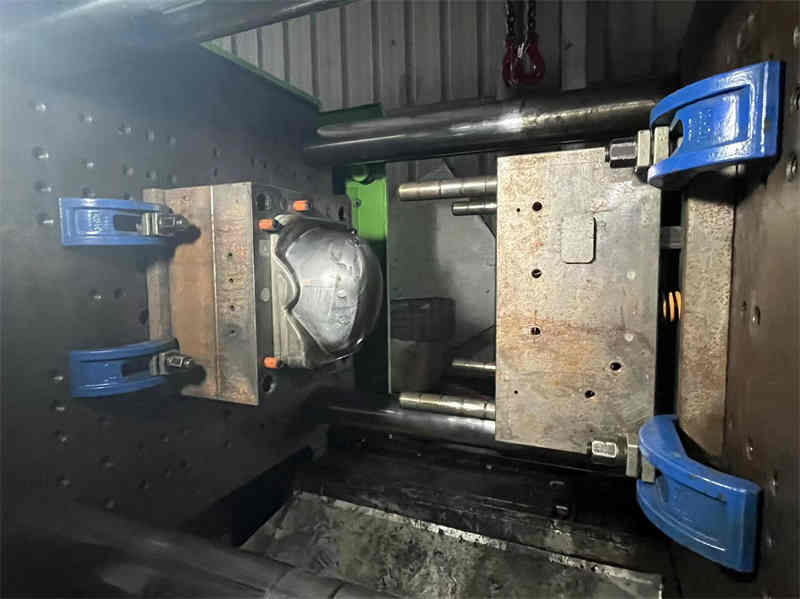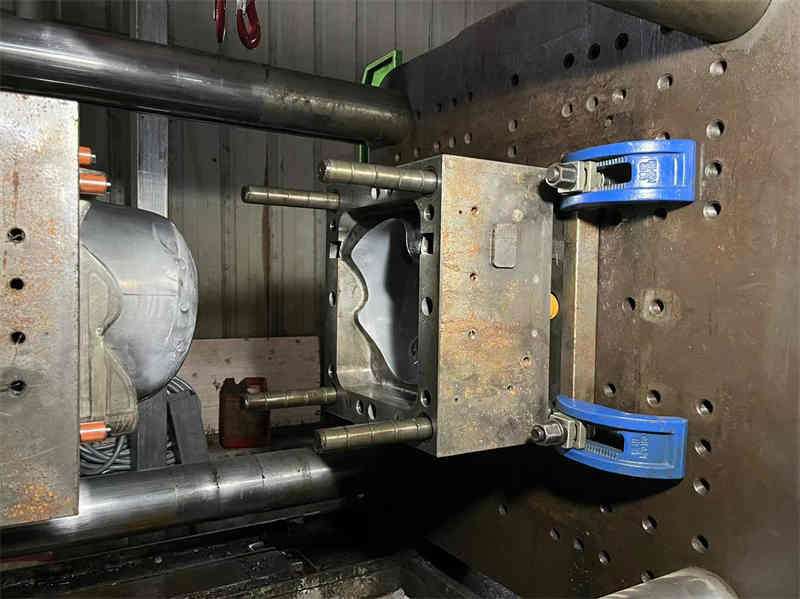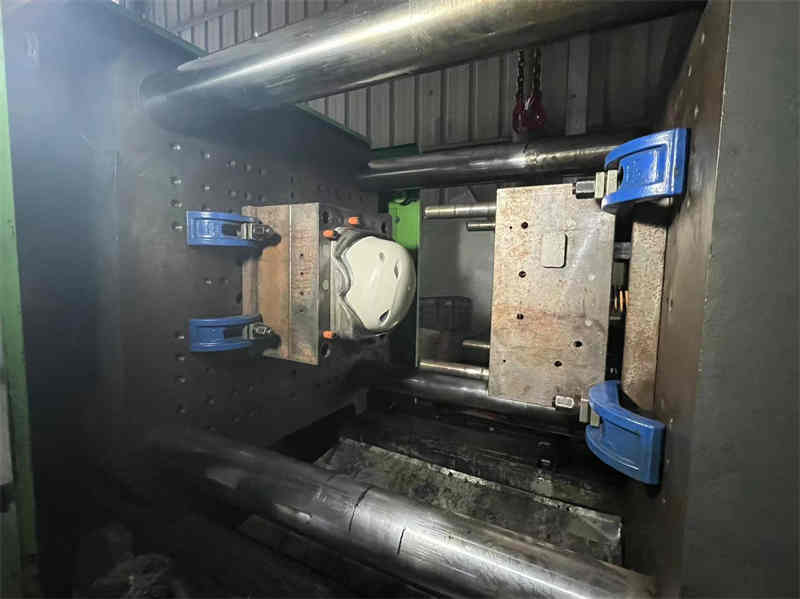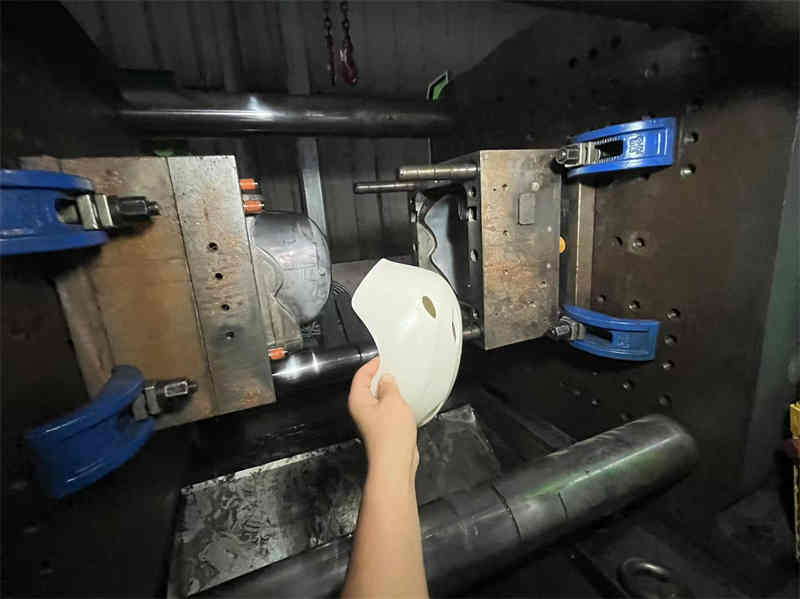Injection molding is the most cost-effective way to make a plastic part at scale. The injection molding process involves injecting molten plastic into a mold tool, then ejecting the solidified part. This process quickly repeats hundreds or thousands of times, amortizing the cost of the mold tool and driving down the cost of each unit to a few dollars or less. Since the injection molding process uses the same mold tool for each part, it offers consistent quality across every part.
We have the capability to do insert molding, overmolding, and family molds, and we offer a variety of plastic materials, colors and surface finishes. In addition, we can provide secondary manufacturing processes such as painting, pad printing and chrome plating. We’ve made plastic parts for the automotive, aerospace, medical, appliance, outdoor and robotics industries, among others.




The Material of Injection Molding Parts:
There are thousands of plastic injection-molded resins to choose from, with similar but not identical properties. When choosing a plastic, the first thing you have to consider is the part’s function and the physical environment that it’s going to be exposed to. So clearly you’ll need to consider what type of injection molding material is going to stand up to various environmental challenges such as temperature fluctuations, moisture, chemical exposure, UV light, and many more. Then the material’s strength, durability, flexibility, color, and cost come into play.
|
|
Advantages |
Disadvantages |
|
Nylon (PA) |
l Temperature capability 600°-700° for short term l Excellent chemical resistance l High resistance to abrasion l Tough and withstands repeated impact |
l Absorbs moisture (can affect the electrical and mechanical properties) l Requires UV stability l Attacked by strong acids/bases l High notch sensitivity |
|
Acrylic |
l Excellent optical clarity l Excellent weatherability and resistance to sunlight l Rigid with good impact resistance l Good light transmission |
l Poor solvent resistance l Subject to stress cracking l Slightly absorbs moistures l Continuous service temp. (melts easily) |
|
Polycarbonate (PC) |
l High impact resistance l Clarity l Good flammability performance l Dimensional stability l Chemical resistance (PC blends) |
l Only fair solvent resistance l Subject to stress cracking l Degrades if not processed correctly l High processing temperature l Yellowing after long term exposure to UV light |
|
Polystyrene (PS) |
l Optical Clarity l High gloss l FDA grades available l Low cost l Good dimensional stability l Good rigidity |
l Flammable, but flame retardant grades available l Poor solvent resistance l Homopolymers are brittle l Subject to stress and environmental cracking |
|
Acrylonitrile Butadiene Styrene (ABS) |
l Good impact resistance with toughness and rigidity l Metal coatings have excellent adhesion to ABS l Excellent processability and appearance |
l Poor solvent resistance l Low dielectric strength (not a good insulator) l Low continuous service temperature (melts easily) |
|
Polypropylene (PP) |
l Excellent moisture resistance l Food grades available l Mold–in hinge possible l Good impact strength |
l Degraded by UV l Flammable (retarded grades available) l Attacked by chlorinated solvents |
|
Polyethylene (PE) |
l Low Cost l Impact resistance from -40° to 194° F l Moisture resistance l Food grades available |
l Poor weather resistance l High thermal expansion l Subject to stress cracking l Difficult to bond l Flammable l Poor temperature capability |
|
Thermoplastic Polyurethane (TPU) |
l Chemical Resistant l Low temp. flexibility l Abrasion and wear resistant l Easily Processed |
l Shorter shelf life l Lower Stiffness than similar PET l Drying required pre-processing l Narrow hardness range |
 Contact Us
Contact Us Address : No.103, Tong’an Park, Tong’an Industry Zone, Xiamen, China
Address : No.103, Tong’an Park, Tong’an Industry Zone, Xiamen, China WhatsApp : +86 18259211580
WhatsApp : +86 18259211580 Email : roger@ppl2009.com
Email : roger@ppl2009.com IPv6 network supported
IPv6 network supported




